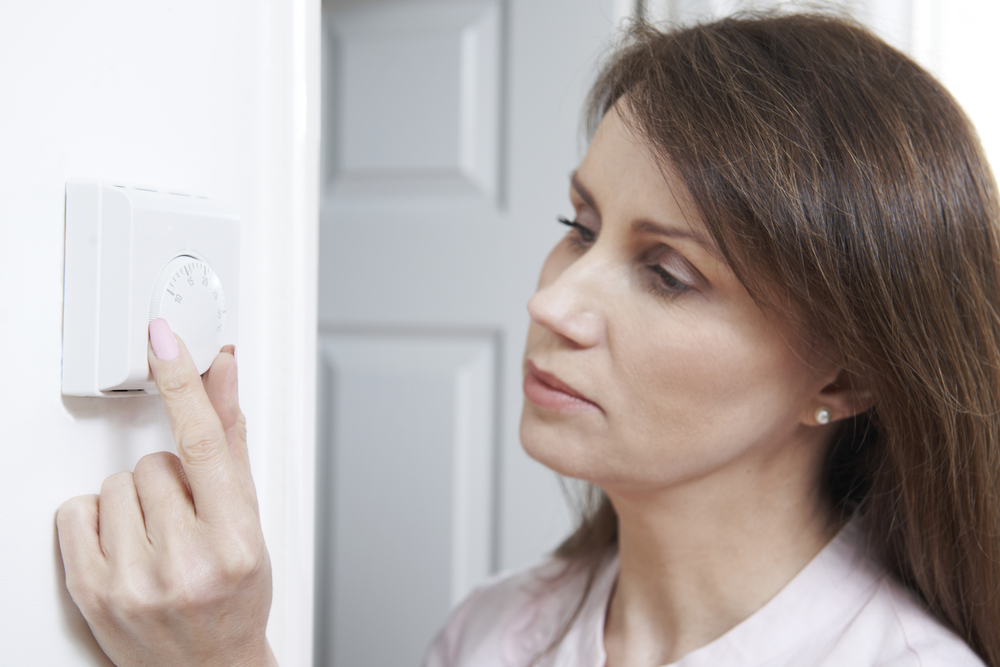
No- and Low-Cost Ways to Cut Your Winter Energy Bills
Energy costs rise over the winter months and homeowners everywhere spend their season seeking ways to reduce monthly utility costs. Replacing outdated furnaces, water heaters and appliances with newer, energy-efficient models can offer high returns on your investment over time, but even the smallest changes can earn you big savings right now. Kitchenland cares about your home and shares these no- and low-cost energy saving tips to save you as much as 25% on your monthly energy bills.
No-Cost Tips
- Turn off lights, appliances and electronic devices when not in use.
- Set the thermostat to 68 degrees while you’re awake and to a lower temperature when you are asleep or away from home. Turning your thermostat back 10 to 15 degrees for 8 hours can save you 5% to 15% a year on your heating bill.
- Open window coverings on the sunny side of your home during the day to take advantage of free heat from the sun. Close coverings on cloudy days and when the sun goes down.
- Use your stove, oven, dishwasher, clothes washer and dryer as late in the evening as possible.
- Only run full loads in your washer and dryer.
- Keep your water heater set at 120 degrees.
- Make sure all foundation vents are closed during winter months.
- Vacuum underneath and behind your refrigerator coils and make sure they are unobstructed.
- Keep refrigerator and freezer seals or gaskets clean.
- Keep your freezer as full as possible to reduce the energy required to keep items frozen.
- Make sure food is cool and covered before storing inside the refrigerator.
- Always use the energy saver option on your dishwasher and allow dishes to air dry.
- Clean the reflectors underneath stove top burners.
- Dress according to the weather, even when inside your home.
Low-Cost Tips
- Winterize your home by applying caulk or weather stripping around all windows and doors.
- Replace incandescent bulbs with energy efficient, LED bulbs.
- Have your furnace system cleaned and duct work inspected for leaks.
- Install a blanket around your hot water heater, but be sure not to cover vents or temperature settings.
- Install hot water pipe insulation. Keep the insulation at least six inches away from the exhaust pipe of gas water heaters.
- Install electrical outlet and switch plate insulation.
- Fix all leaky faucets and install low-flow shower heads.
- Invest in a programmable thermostat.
Ask the Experts
Contact your utility company for additional energy saving tips. Many energy providers offer a number of programs and services designed to help you save electricity and money, including cash rebates, load-control, weatherization, energy efficient lighting and educational programs.
